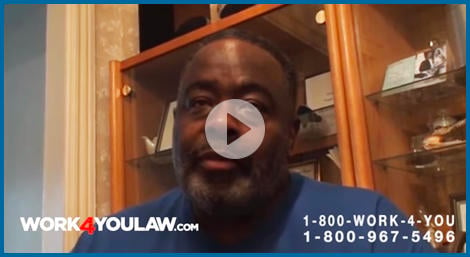Injuries Due to Falling or Absent Harnesses
In March, 2012 an 11-year-old girl attended a pre-season baseball game at the home of the Miami Marlins. A climbing wall was erected for children to try their skills. Little Emily was the first to go, and the last. As she reached the top and began her descent the restraining harness failed. She fell 18 feet to solid concrete. Fortunately, Emily survived, suffering a concussion and severe bruising, but surprisingly no broken bones. The climbing wall was closed immediately.
Emily’s story is unusual—not because of the failing harness, but because her injuries were not more significant. Her story also serves to illustrate the hazards of harnesses when they fail. Injuries, and even deaths, occur each year from failed harnesses. To make matters even worse, often amusement park riders and construction workers don’t use them in the first place.
Who Needs a Harness?
Harnesses save lives. A pleasant day at the county fair quickly can turn tragic when a roller coaster rider fails to strap himself in. While many state and local governments require the use of harnesses, a careless operator may fail to check that everyone is strapped in. A particularly adventuresome rider may unhook the harness after he is checked. The result can be catastrophic.
Certain types of work require harness restraints as well. Window cleaners who venture high up the sides of skyscrapers to ply their trade would be in dire straits without them. Construction workers who are hoisted into the air, work on ledges, or stand dozens of feet up on scaffolding also need them. To give some perspective on how prevalent the dangers of a failed or absent harness are, the National Institute for Occupational Safety and Health reports that each year one in ten construction workers will experience some sort of injury accident. Falls account for fully 37% of these injuries. Each year three workers die from falls in which they failed to use a harness.
Common Injuries From Falling or Absent Harnesses
Those who survive a fall from a failed or absent harness often are disabled for life. Spinal and brain injuries are frequent. Broken bones are almost a given. Crushed organs, knee, ankle and leg injuries also occur.
Given how serious a danger a person faces, it is a wonder why anyone would fail to check a harness before strapping it on, or not use one altogether. Carelessness is often the culprit. Workers who are pressed for time may forget to strap in. A worker may also feel the harness is too confining. Individuals seeking amusement may not adequately realize the hazards. At times rides don’t have harnesses to begin with.
Emily’s parents are considering filing suit against the Miami Marlins. If a victim is injured in an accident in which a harness either fails or is absent, he may have a case if it can be established that the fault lies with another – a ride operator or owner, for instance. There is a potential to collect damages for medical costs, physical therapy, loss of income while recuperating, pain, suffering, and more. If you are injured in a harness accident, it is important that you contact a New York fall injury lawyer.
If you or a loved one has been injured in a New York personal injury accident, the experienced personal injury lawyers at the Law Offices of Kenneth A. Wilhelm can help you better understand your legal rights and options. Please contact us at 1-800-WORK-4-YOU (1-800-967-5486) for a free and comprehensive consultation. We can also help with personal injury cases in New Jersey, Connecticut, Pennsylvania, or Florida. If you have been seriously injured in any of the 50 U.S. states, please call us and we will try to help you with your case.









